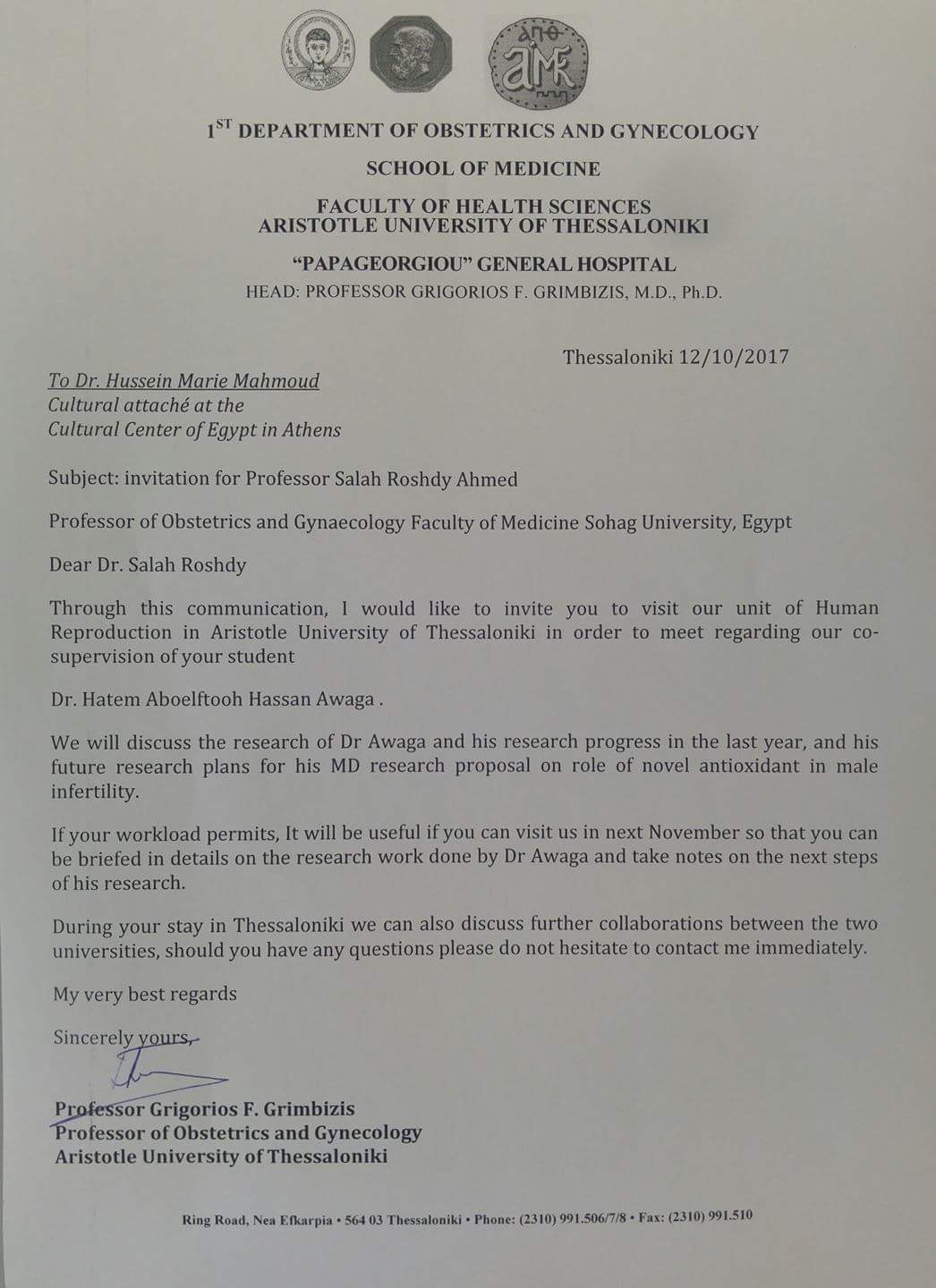ABSTRACT
The use of testicular spermatozoa in men without azoospermia has been proposed as a means to increase the chances of pregnancy following assisted reproductive treatment. The purpose of this systematic review is to assess whether clinical outcomes are better when testicular rather than ejaculated spermatozoa are used for intracytoplasmic sperm injection in patients with abnormal semen parameters without azoospermia. A literature search identified four eligible studies out of 757 initially found. In a prospective study in men with high DNA fragmentation index (DFI) and oligozoospermia, the probability of live birth was significantly higher with testicular compared to ejaculated spermatozoa (risk ratio [RR]: 1.75, 95% confidence interval [CI]: 1.14–2.70). This was not the case in a retrospective study in men with high DFI only (RR: 2.36, 95% CI: 0.98–5.68). Clinical pregnancy rates were similar in a randomized controlled trial in men with asthenozoospermia with or without teratozoospermia (RR:2.85, 95% CI: 0.76–10.69) and in a retrospective study in men with isolated asthenozoospermia (RR: 1.09, 95% CI:0.56–2.14). Currently, there is limited, low-quality evidence suggesting that a higher probability of pregnancy might be
expected using testicular rather than ejaculated spermatozoa, only in men with high DFI and oligozoospermia.


